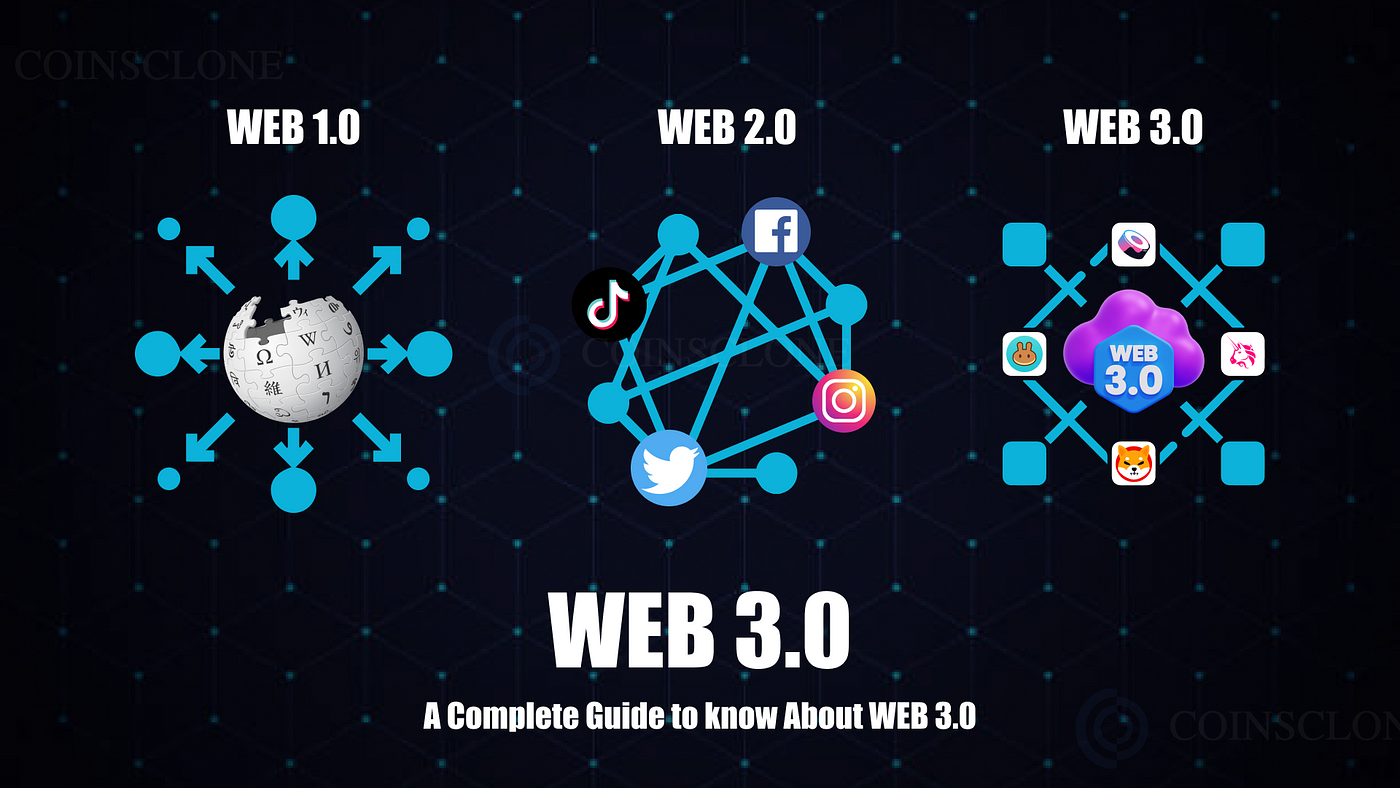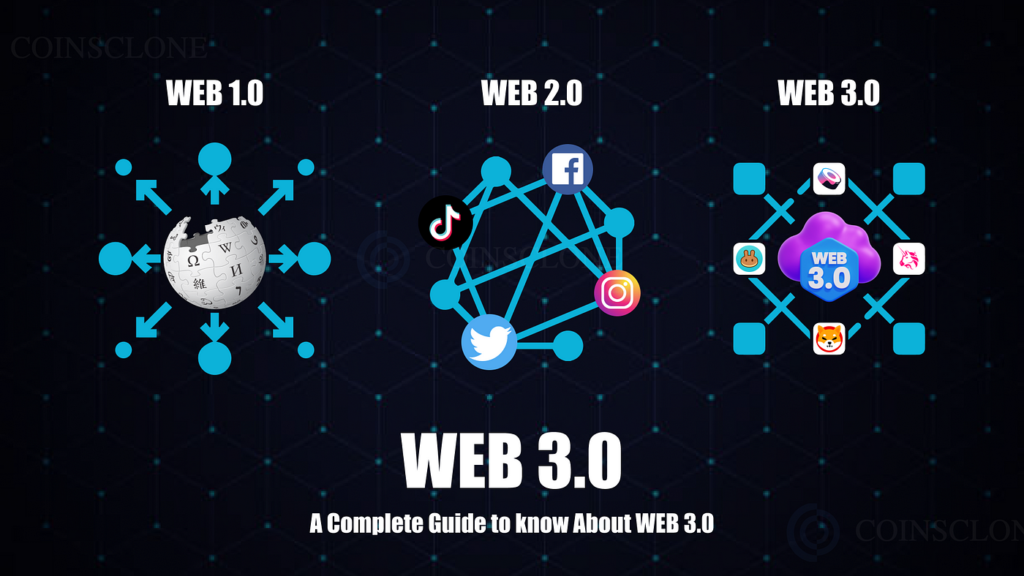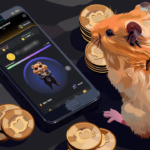Certainly! Here’s a brief overview:
Web 1.0 (1990-2004): Often referred to as the “read-only” web, it was the first stage of the World Wide Web. Websites were mostly static pages, and users were primarily consumers of content, not creators. There was minimal interaction or user-generated content.
Web 2.0 (2004-present): This era introduced the “read-write” web, where platforms like social media allowed users to both consume and produce content. It’s characterized by user-generated content, interoperability, and usability on multiple types of devices. However, it also led to data centralization in the hands of a few large tech companies.
Let us first see…
Evolution of web 1.0, web 2.0, web 3.0
Web 1.0 is the first stage of the website. It is a read-only website and is used to read only the content from the website, since its pages are powered by HTML, HTTP, and URL technology that can be read by users.
Web 2.0 is an interactive site, in which a user can read and write content on this site. This web 2.0 is mainly owned by many tech companies like Facebook, and Amazon, which collects the user’s data and gives them a suggestion accordingly.
Web3: The hype and how it can transform the internet
Web3 (or Web 3.0) represents the next evolution of the internet, focusing on decentralization, user ownership, and enhanced privacy. Here are some key aspects:
Decentralization: Unlike Web 2.0, where data is controlled by a few large companies, Web3 aims to distribute data across a network of computers, reducing the risk of censorship and increasing security1.
– Currently, a lot of the data and content we see online is controlled by a small number of tech companies. Web3 aims to distribute control across a wider network of users, potentially making the internet more democratic.
Blockchain Technology: Web3 leverages blockchain to create a transparent and secure way to manage data and transactions. This technology underpins cryptocurrencies like Bitcoin and Ethereum2.
– Blockchain is a system for recording information in a way that’s secure, transparent, and difficult to tamper with. Web3 would leverage this tech to create new applications and ways of interacting online.
User Ownership: In Web3, users have more control over their data and digital assets. They can own and trade digital items, such as NFTs (Non-Fungible Tokens), without relying on intermediaries3.
Smart Contracts: These are self-executing contracts with the terms directly written into code. They automatically enforce and execute agreements, reducing the need for third parties2.
Enhanced Privacy: Web3 aims to give users more control over their personal information, allowing them to decide what data to share and with whom1.
Web3 is still in its early stages, but it promises to create a more equitable and user-centric internet. Are you interested in any specific aspect of Web3, like blockchain, cryptocurrencies, or NFTs?
Token-based economics: Cryptocurrencies are a prime example of tokens. Web3 might involve using tokens to represent ownership, access, or governance rights within online communities and applications.

Web 3.0 is the artificial intelligence thing, which supports decentralization methods for users. This web 3.0 analyze the user’s behavior and suggests the information accordingly rather than inserting any keywords. Another special thing about web 3.0 is it gives personalized information to each user.
Web3 is a term used to describe a potential future iteration of the internet, built on concepts like decentralization, blockchain technology, and token-based economics.
Web3 aims to evolve beyond these stages by integrating concepts like decentralization and blockchain technology to create a “read-write-own” web experience.
Overall, Web3 is still an evolving concept, but it has the potential to significantly change how we use the internet.



Wow amazing technological era